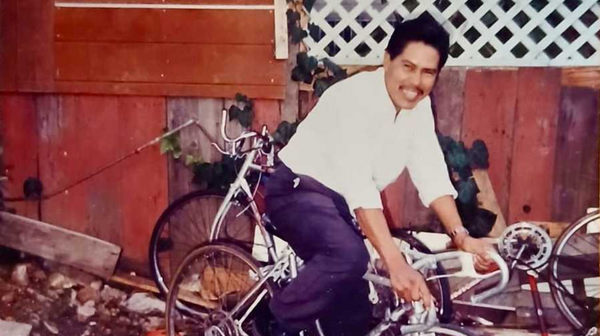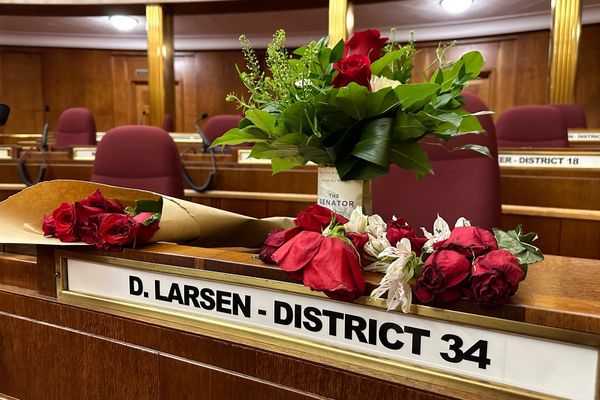A Buittle woman has produced a landmark book on one of Scotland’s most successful commercial artists – in a labour of love lasting more than 15 years.
Dr Sandy Brewer began researching the life of Tom Curr after a chance chain of events led her to his surviving family.
The artist, who died in 1958 aged 71, produced hundreds of iconic poster images – including the kilted shot putter featured to this day on boxes of Scott’s Porage Oats.
Sandy, 72, completed Edinburgh Rock: The Many Lives of Tom Curr after trawling through boxes of the artists’s works and writings kept safe by his son Duncan in Edinburgh.
But the book would never have happened at all – had Sandy not published a letter in the People’s Friend magazine in 2002, along with an image of a painting, Hope of the World, showing a seated Christ surrounded by children.
The painting was the title of Sandy’s 1999 thesis for a PhD in Cultural History at the University of London on how the British Sunday school story of Jesus impacted working class girls.
Sandy said: “My letter in the People’s Friend asked if people could remember Hope of the World from their Sunday school days and what their memories and feelings about it were.
“I received over 1,000 replies from all over the world – the majority either from Scotland or ex-pat Scots in England or overseas.
“One was from a Mrs Wolffe who asked if I would like to come and see a similar picture in her church in Edinburgh.
“I went in and there’s this large framed picture Follow Me, by Tom Curr, showing Christ walking down to Edinburgh.
“I went through the Edinburgh phone directory looking for Currs and the first number I called turned out to be Tom’s son Duncan.
“Duncan had kept all his dad’s war correspondence, maps, letters and pictures and I told him I was interested in writing about his father.
“Whenever I went up to Edinburgh to see the family Duncan would say ‘have you seen this?’ – and another box of stuff would come down from the attic.”
“The book took me years and years – at least 15.”
Tom Curr served with the Argyll and Sutherland Highlanders in the First World War, fought at Passchendaele and was transferred to the Royal Engineers’ Field Survey Depot as a map maker.
After demobilisation, Curr became one of the finest commercial artists of his time while devoting much of his life to Scotland’s Boys’ Brigade movement.
Sandy added: “I had other academic work in parallel but the book became an emotional task because it meant so much to Duncan.
“He was in Brazil when his father died – he could not get back to Scotland in time because his passport had expired.
“There was always that guilt because he could not be there for his father’s last days.”
One of Curr’s works have a local connection – a beautiful poster for a Highland Show held in Dumfries.







